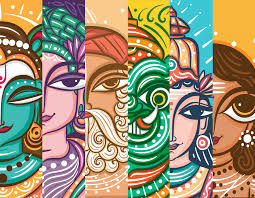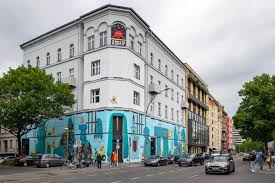
Menu

Berlin is one of the world’s most exciting hubs for contemporary art, renowned for its edgy, experimental spirit and a landscape where history and creativity collide. After the fall of the Berlin Wall in 1989, the reunified city transformed into a vast canvas for artists from around the globe. Abandoned factories, bunkers, and squats became studios and galleries, nurturing a raw, unfiltered aesthetic that Berlin is famous for today.
A defining feature of Berlin’s art scene is its street art. The East Side Gallery—a preserved stretch of the Berlin Wall—hosts over a hundred murals by international artists, turning a symbol of division into one of creative freedom. Across neighborhoods like Kreuzberg and Friedrichshain, colorful graffiti, stencils, and wheatpaste posters turn city blocks into open-air galleries that constantly evolve. Artists such as Blu and El Bocho have made Berlin’s walls their stage, challenging viewers with political critique and playful imagery.
But Berlin’s contemporary art is not limited to the street. The city boasts world-class institutions like the Hamburger Bahnhof Museum of Contemporary Art, showcasing works by Joseph Beuys, Andy Warhol, and contemporary innovators. Alternative spaces like KINDL – Centre for Contemporary Art and the former power station turned club and gallery Kraftwerk Berlin host large-scale installations and immersive experiences.
Berlin’s art community is famously international and collaborative, drawing thousands of artists who find both inspiration and affordability here. The city’s many art fairs, open studio events, and independent galleries give emerging artists a platform to experiment freely. In Berlin, art is part of everyday life—raw, challenging, and alive with history, making it one of Europe’s most vital contemporary art landscapes.

@THE INDIAN ART COTTAGE
© The Indian Art Cottage | All Rights Reserved | 2025